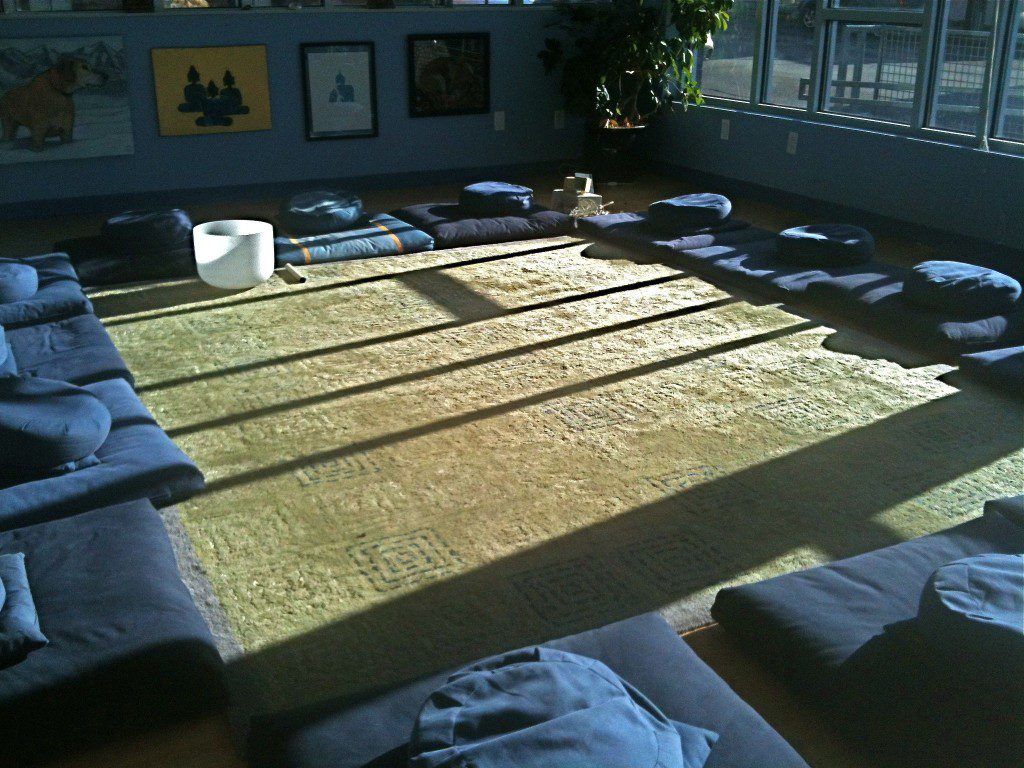 Watch this video by Julian Baggini, author of the Ego Trick. The answer to the question is yes and no, mostly no — there is no real self if you are looking for some core, essence, or unchanging “permanent truth” that is “me”.
Watch this video by Julian Baggini, author of the Ego Trick. The answer to the question is yes and no, mostly no — there is no real self if you are looking for some core, essence, or unchanging “permanent truth” that is “me”.
What is there then? The self is a process not a thing. This is the paradigmatic shift the Buddha advocated. Baggini uses the example of a watch. It is a collection of things that come together to form the watch. There is no watch outside of these parts. Perhaps self, too, is nothing other than the collection of parts, if a highly, “Complex, ordered, collection of things.”
From this perspective I don’t have memories, experiences, hopes, and dreams. I am memories, experiences, hopes, and dreams. This is a subtle and profound distinction. It is what the Buddha realized sitting under the Bodhi tree — there is no me here other than the aggregate of all the experiencing that is occurring right now.
Our capacity for consciousness gives rise to this mistaken view of self, and much anguish goes into propping up, protecting, and promoting this mistaken thing-ness of self. Liberation comes in the shift from libration from thing-ness to process-ness. Neuroscience confirms this basic observation — it has not found that true self anywhere in the brain.
Baggini adeptly points out that we don’t discover the true self but rather construct it. If self is constructed we can build it in different ways (within the laws of physics and genetics). The ability to construct gives us freedom, flexibility, and fortitude to endure moment-by-moment. As Don Draper says in Mad Men, “If you don’t like what is being said about you, change the conversation.”

